
Food trucks have been gaining popularity and until recently, there were no NFPA codes, standards, or guidelines to provide the minimum fire safety requirements. Many food trucks have a “DIY” feel, but what isn’t so DIY about food trucks is the safety and requirements to properly run the kitchen and serve customers. With a tank full of gas and a truck full of cooking oils and heating implements, it’s no secret that food trucks are fire hazards on wheels.
Mobile food trucks are bringing delicious fare to more cities and communities nationwide, with thousands of vehicles now in operation. What are the most reliable ways to protect vendors and patrons from a host of unique fire and life safety hazards? To keep up with the rapidly growing industry, the National Fire Protection Agency (NFPA) has created new food truck fire safety requirements. Fire protection equipment on a food truck is now required to be properly inspected and maintained by experienced fire protection service providers. This includes the fire suppression and ventilation system, and all fire extinguishers on the truck. Food truck operators need to be aware of these new regulations so they can proactively partner with an experienced fire protection company to procure the necessary equipment, stay in compliance, and ensure the safety of their customers, employees, and business investment.
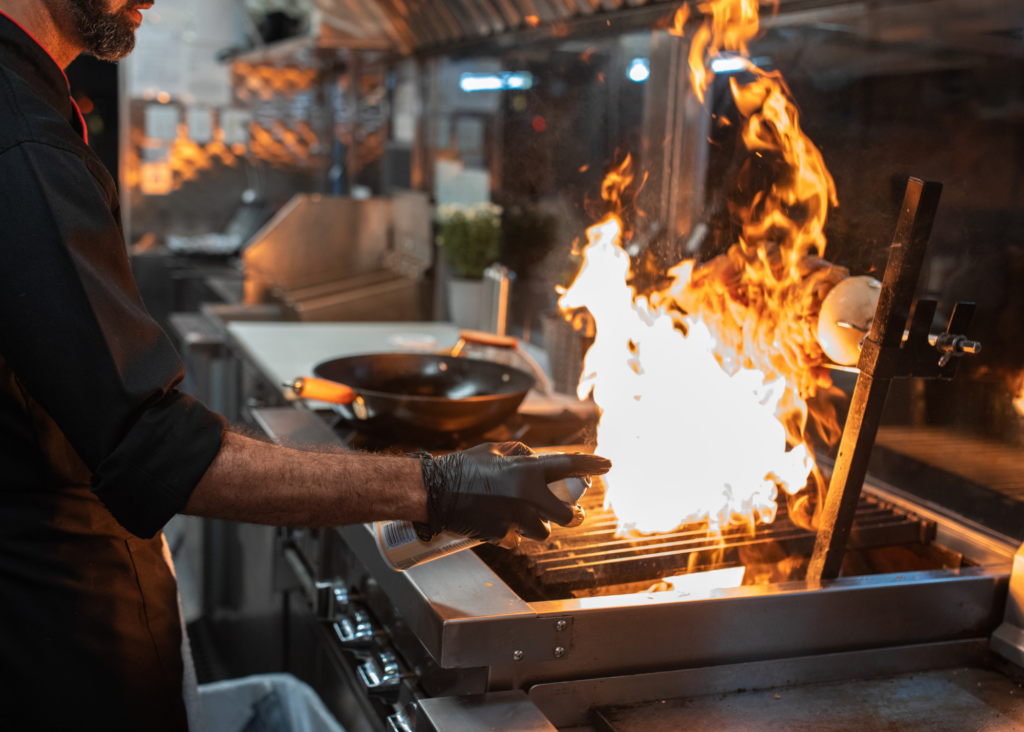
POTENTIAL HAZARDS OF FOOD TRUCKS
Food trucks are full of potential fire hazards that can cause a fire to quickly spiral out of control: open flames, hot equipment, propane tanks, gas generators, electrical connections, cooking oils, splattered grease, cleaning chemicals, paper products, gasoline or diesel fuel, and engine oil. In fact, the potential fire hazards look very similar to those found in commercial kitchens. Business owners that understand the fire risks they’re up against will be better positioned to proactively address these risks to avoid costly damage or human life.
Food trucks pose unique hazards due to their limited space and custom nature, providing even more of a reason for food truck operators to be extra cautious. To ensure these hazards remain minimum, or better yet, nonexistent, food trucks should implement fire safety and suppression systems. Fires can spark from the stove, oven, and bubbling fryer, but it is fuel sources like propane tanks, cooking oils and fuels needed to run the food truck that carry the greatest potential for inflicting destruction and casualties.
Propane Tanks
Propane poses the most significant risk of fire in a food truck. NFPA asserts that 68 percent of food truck fires are related to leaks or structural failures in propane tanks. Propane explosions were behind almost every food truck fire involving injuries and deaths in recent years.
While cooking with propane is generally considered safe, just a small, 20-pound propane cylinder attached to a backyard grill contains the explosive power of 170 sticks of dynamite – generating more than 425,000 BTUs of energy.
Food trucks can carry 100-pound propane cylinders capable of exploding with more than 2.5 million BTUs. The very nature of food truck use amplifies the risk, as trucks are commonly parked at events or lined up along streets where large numbers of people congregate, cramming an enormous explosive potential into a small, heavily populated space. In fact, the FDNY (New York City’s fire department) considers food trucks a potential terrorist threat due to the explosive power of their propane tanks.
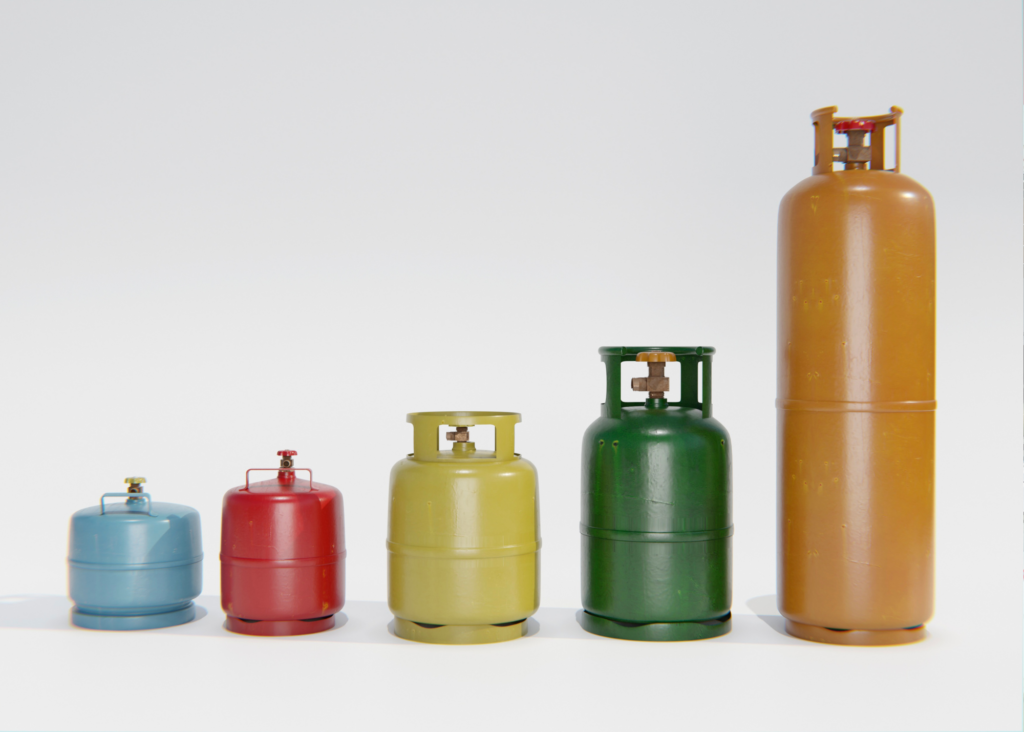
In addition, food trucks are constantly on the move and the connections and fittings are getting jarred with every bump and pothole. This can lead to connections becoming loose or causing other structural damage. Also, the tanks are getting swapped out frequently, which can lead to the potential for leaks to occur from fittings that may not have been tightened sufficiently.
Since propane is heavier than air, an undetected leak on a tank inside a truck will pool near the floor, and a single spark from the oven or stove can ignite the gas. Carrying propane tanks on the outside of trucks decreases the risk posed by leaks—but increases the risk of tanks exploding on impact in even minor collisions.
Fire Suppression Systems
NFPA estimates that cooking equipment causes 61 percent of fires in eating and drinking establishments, and fire codes have long required hood suppression systems over ovens, burners, grills, and fryers in commercial kitchens. The 2018 edition of NFPA 1 (50.7.3.3) states that food trucks are not exempt from being “protected by an approved hood fire suppression system or other approved means of extinguishment in the event of fire”, however, automatic fire suppression systems are often absent in older food trucks or vehicles converted into mobile kitchens. While most food truck operators carry portable fire extinguishers, many don’t realize that they need both a Class K extinguisher for suppressing grease, fat, or cooking oil fires and an ABC extinguisher for putting out fires involving paper products or other types of fires.
Portable Generators
Portable generators used to run electricity to a food truck can also create fire risks. Generally, the danger is greatest in older and converted food trucks rather than newer food trucks specifically built for cooking operations.
Without proper ventilation, trucks can fill with dangerous carbon monoxide gas created by the generator. Plus many cramped food truck spaces do not include a place to properly store the fuel required to run the generator safely away from ignition sources.
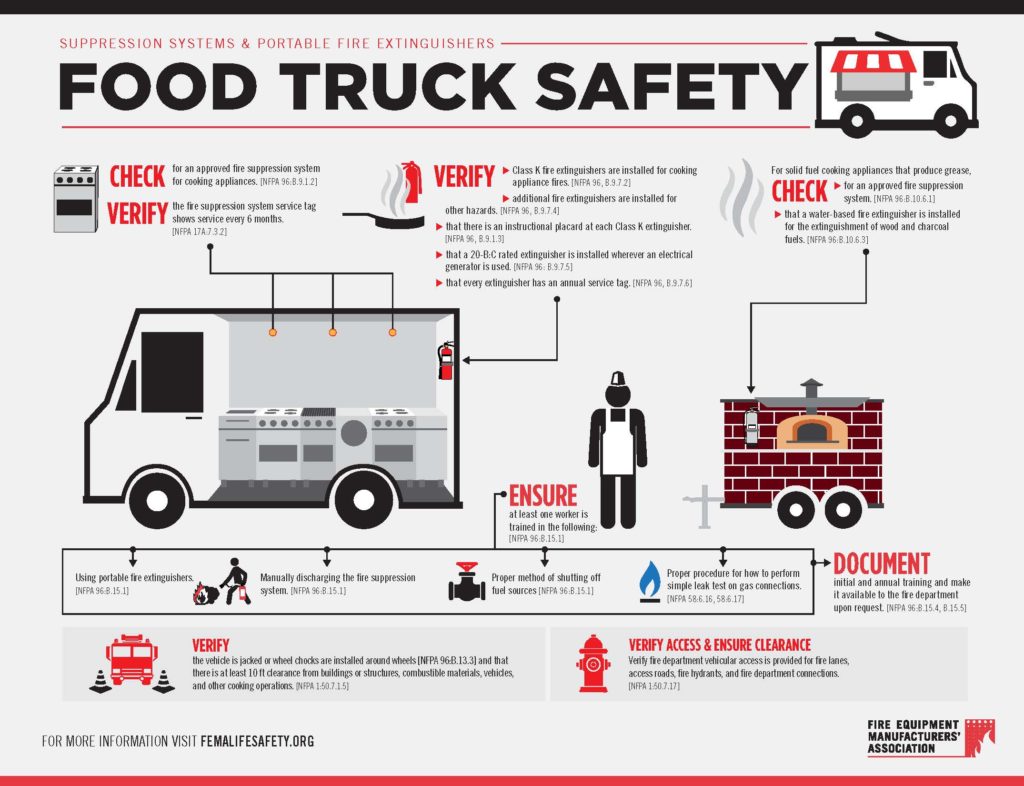
REGULATIONS FOR FOOD TRUCKS
Local Governments
Previously, with no national code or standard to address the issues, every city had simply created whatever food truck regulations it thought best. The number of different regulations for each Authority Having Jurisdiction (AHJ) led to confusion over the best fire safety practices. Truck operators needed to grasp a hodge-podge of rules about how to prepare and serve food, where to park, what permits were needed, and how often inspections were required, and the instant they crossed city lines, everything could change.
In many cities, food trucks fell into a gray area of fire safety regulations that made the situation even worse. Requirements for brick-and-mortar restaurants didn’t fit the size and structure of a mobile kitchen, and food trucks’ mobility also prevented them from fitting the definition of temporary structures covered by fire codes. As food truck popularity continued to grow, so did concerns from local governments in the areas where trucks were operating.
NFPA
Meeting city regulations and inspections can add another “to-do” for food truck operators, but new codes from the National Fire Protection Agency are helping ease the process. Through Section 50.7 of NFPA 1, Fire Code, and Adoptable Annex B of the 2017 edition of NFPA 96, Standard for Ventilation Control and Fire Protection of Commercial Cooking Operations, food trucks are given the first fire safety code designed specifically for them. From installation to inspection, maintenance and testing, installation of containers and storage, and use and transport of gasses, this new code impacts many safety aspects of a food truck. Not only does this provide a sense of ease for local governments, but also the necessary safety and security to food truck operators and customers.
FOOD TRUCKS AND COMPLIANCE
Understanding food truck fire hazards is the first step to ensuring a successful operation. All fire and life safety equipment must be properly installed, regularly inspected, and consistently maintained by a professional fire protection service provider in order to stay compliant with NFPA code requirements. Here are the main fire and life safety systems food truck owners need to properly test and maintain to ensure regulatory compliance – and most importantly – the safety of their customers, employees, and business assets.
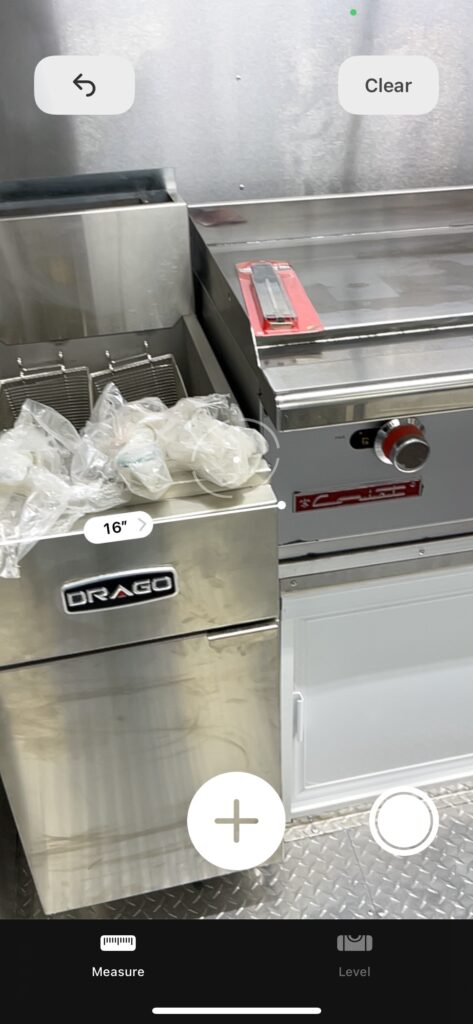
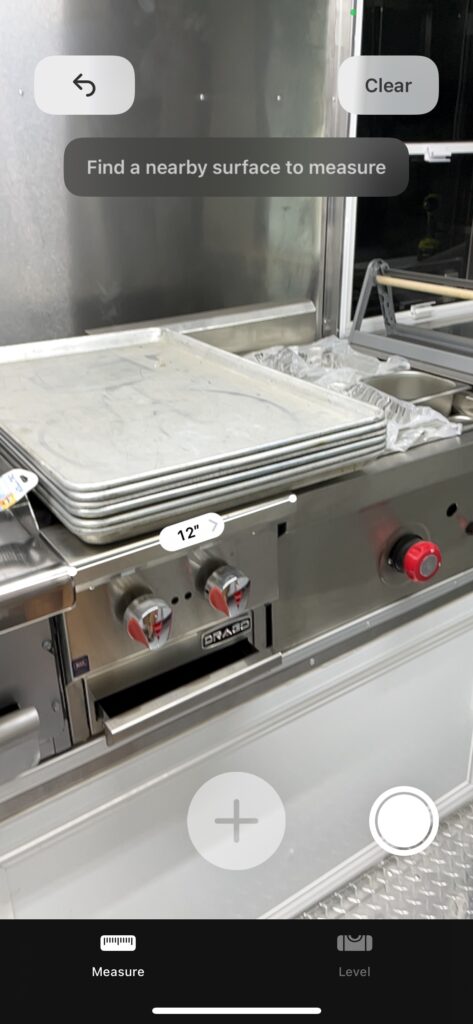
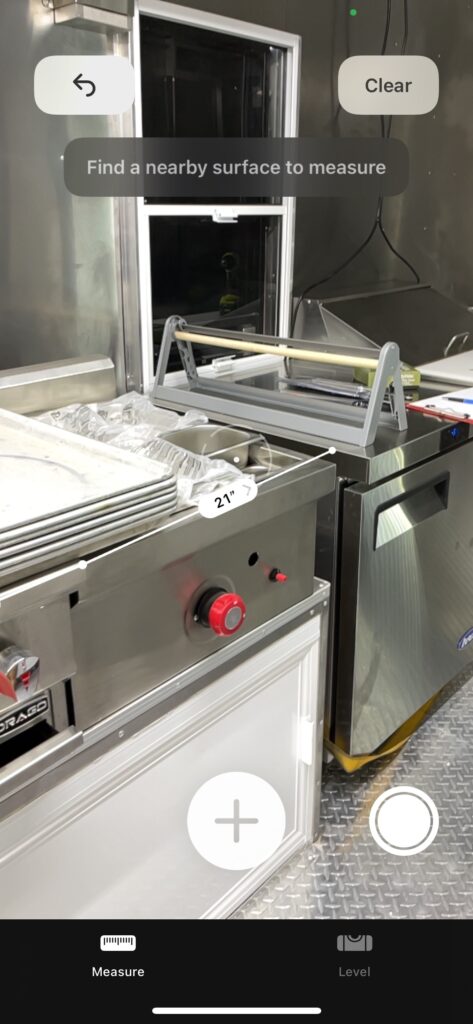
Fire Suppression System
The majority of local and state municipalities require food trucks to have a professionally installed fire suppression system. Some governments will take this requirement a step further and specifically require an automatic fire suppression system. An automatic fire suppression system rapidly detects fires and quickly shuts down the fuel or electric supply to nearby cooking equipment to prevent the fire from spreading further.
Since many food trucks work with cooking oils, propane and natural gas, it is imperative that food truck owners partner with a fire protection company that has the ability to design and install a kitchen fire suppression system tailored to alleviate the fire hazards unique to their operation. Industry best practice highly recommends food truck fire suppression systems be professionally inspected semi-annually to ensure proper functionality.
Fire Extinguishers
When it comes to fire extinguishers, there are two main types food truck owners need readily accessible: Class K and ABC fire extinguishers.
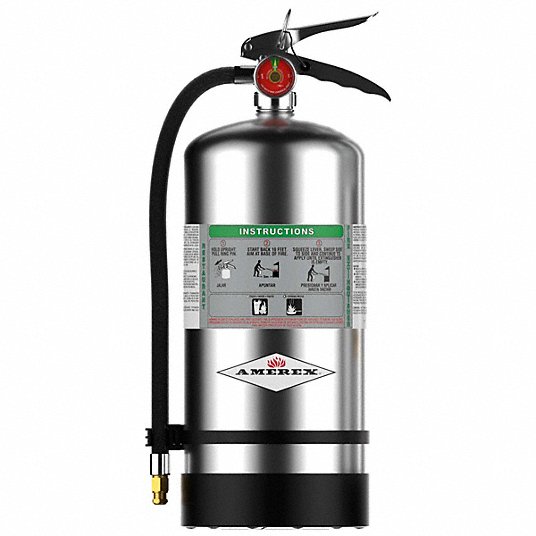
Class K Fire Extinguishers
Fire extinguishers that are designed to put out fires caused by substances with high burn temperatures such as grease, fat, and cooking oil. Keep in mind that Class K fire extinguishers should only be deployed after the activation of an integrated kitchen hood suppression system.
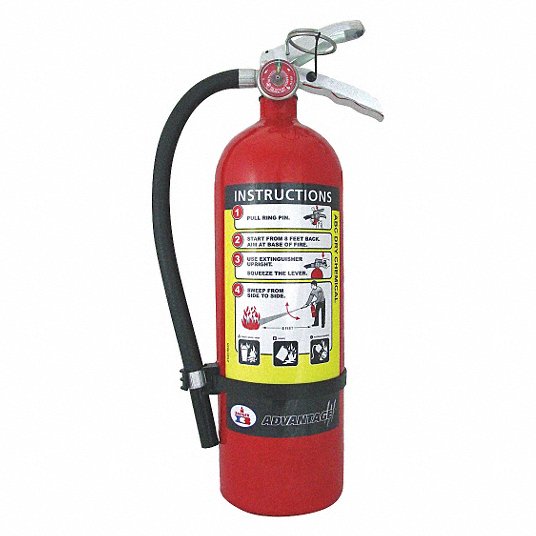
ABC Fire Extinguishers
Often overlooked, food truck owners also need a versatile ABC fire extinguisher to handle all other types of fires including paper, wood, plastic, electrical, and more commonplace hazards.
Ventilation Systems
The need for efficient ventilation systems is accentuated more for food trucks than any other food establishment due to limited space. Space limitations cause smoke and vapor to build more rapidly, which quickly can make it hard to breathe. A proper food truck ventilation system will help mitigate smoke build-up and dispel hazardous oil and grease particles that could lead to a fire.
Like other fire and life safety equipment in food trucks, ventilation systems need to adhere to local and state regulations. The NFPA requires all frequently used food trucks to receive ventilation system inspections on a quarterly basis at a minimum. Food trucks should partner with a kitchen exhaust specialist to perform more frequent inspections and routine cleaning to ensure functionality, compliance, and safety.
Continual Employee Training
While not considered a fire and life safety system in the traditional sense, a food truck’s employees can be the most effective fire hazard deterrent when appropriate proactive training is conducted. Food truck fire and life safety training is required to be conducted each year to keep employees up to date on the fire prevention and suppression best practices. A robust employee training program should cover:
- · The emergency procedure for notifying the local fire department
- · The different types of fire extinguishers and the types of fires they suppress
- · How to properly and effectively use the specific fire extinguishers in the food truck
- · How to manually turn off fuel sources and safely refuel as needed
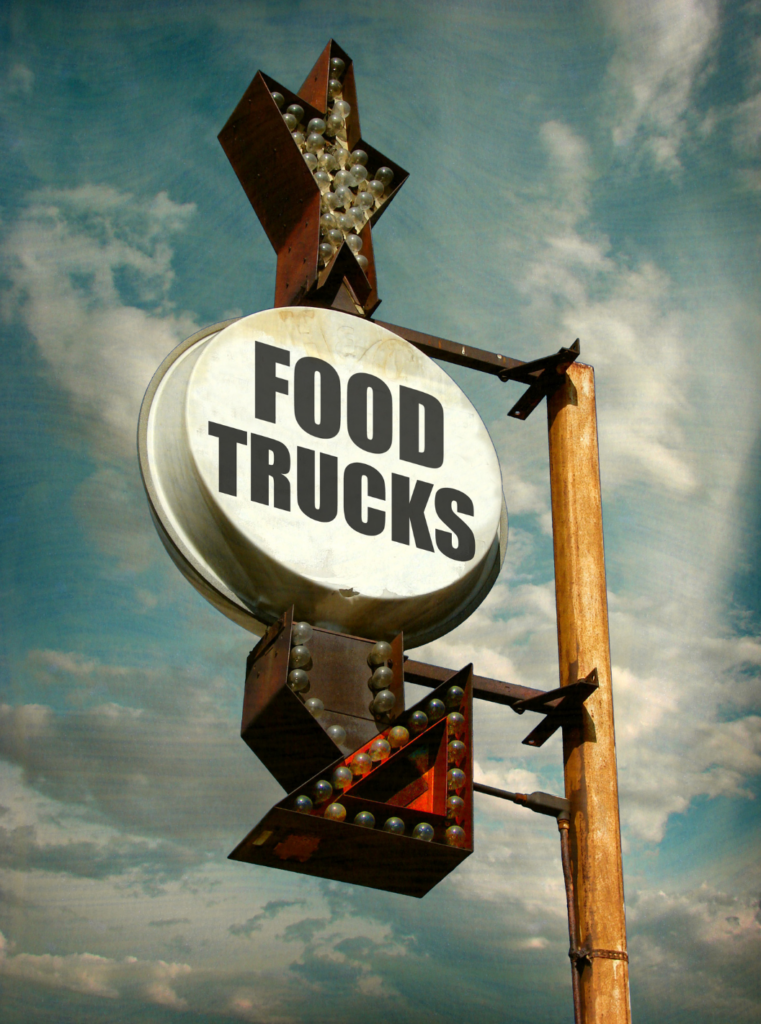
Put Food Truck Fire Hazards in Your Rearview Mirror
Food truck owners and operators must stay vigilant and resist falling victim to the “set it and forget it” mentality. It is not enough to simply procure fire and life safety equipment and call it a day. Similar to the fire and life safety systems you may have in your brick and mortar location, food truck equipment must be professionally inspected and maintained by experienced fire protection service providers in order to consistently ensure functionality and regulatory compliance.
Keep in mind that as you travel, you are responsible for adhering to the varying codes and regulations of each location you operate in. For any NFPA code compliance questions, our fire and life safety specialists are available 24/7 365 days a year, or visit our Quick Tips blog and the National Food Truck Association (NFTA) fire safety page.

Hit the road safely
Delighting the public with high-quality, delicious fare is the priority of food truck operators. But keeping themselves, their workers, and their patrons safe remains an ongoing concern due to the fire hazards that can exist on their trucks. Fortunately, new NFPA regulations have reached the intersection of food and wheels, creating awareness of the risks food operators face and providing a single source they can turn to for guidance on hitting the road safely.
In the market for fire protection equipment for food trucks? We carry a selection of ABC fire extinguishers, and Class K extinguishers that handle grease fires are available on special order.

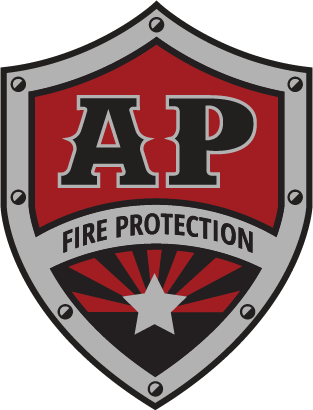

Leave a Reply